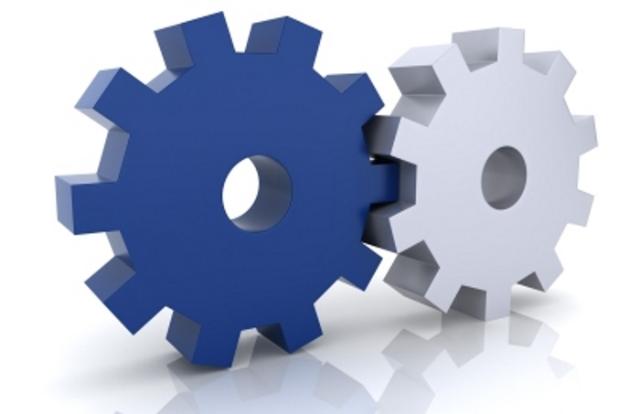Blog
Integrating your ecommerce with ERP part 3 - What Data to Integrate
DynamicWeb
There are some different data that need to be integrated to your solution in order to get the most out of it.
Most data needed for ecommerce is already in the ERP system. Generally we see the following data integrated in most solutions:
- Product information
- Price and Inventory information
- Customer Information
- Order Information
- Customer history

Product Information
Key challenges are:
- Item groups and categories in the ERP are often used in a different structure on the web in order to help the visitor to find the products easily.
- Item variances typically need some kind of configuration logic in the ecommerce interface to help the visitor select a valid variance and get the price calculated correctly.
- Number of products/updates. The more the product data changes, in frequency and structure, the more complex and time consuming each update will be.
Some product information, like images, drawings, SEO tags, etc. are often not stored in the ERP system, but placed in files/folders from different applications – like Word, Excel, PDF, .PNG and CAD. This information should be stored or linked to in the ecommerce to provide the visitor with all the relevant and correct information about a given product. In general this means that master data are often maintained in the ERP system and replicated to the online platform, where they are enriched with more unstructured and web related information.
For some companies, the ERP system is not the only place where product data already exists and is maintained. Systems like a Product Information Management system (PIM), and others, use external sources like their vendors systems to gain specific product information. The ecommerce solution will also gain value from integrating with these systems both in operational savings and in better customer experience.
Product Master Data
- Item ID
- Item Description (incl. different language version)
- Item Group/Category
- Item Unit Of Measures
- Item Standard price (incl. different currency prices)
- Item Dimensions (weight, length, height…)
- Quantity on hand
- Item Variances (incl. currency prices and language descriptions)
- Related/cross sell items
Prices and Inventory level
For some businesses, real-time pricing & inventory levels are important for the way they do business. The prices may be frequently affected by changes in exchange rate or vendor prices. Inventory level needs to be accurate to ensure delivery and to optimize stock purchase/production.
Real-time prices and inventory are often implemented with live integration to reuse business logic in the ERP system and ensure real-time numbers.
Customer Information
For B2B sites the customer is often known in the ERP system before visiting the ecommerce solution. This customer information should be integrated from the ERP system to the ecommerce solution, to ensure a consistent and better customer experience. The customer should not have to re-enter address information and the credit max should be validated both in the ERP system and in the ecommerce solution.
On many B2C sites the visitor can create them self as customers directly on the site. This customer information should be send back to the ERP system for further order handling and book keeping purposes.
Customer Master Data
- Customer ID
- Customer Name
- Customer Bill To Address
- Customer Ship To Address (one or more)
- Customer Currency
- Customer Users (one or more)
- Other segmentation attributes
Customer specific prices and discounts
Many companies have customer specific prices or discount calculation defined in their ERP system. They benefit from live integration between the ecommerce and the ERP system, where the ecommerce platform reuses the same logic/rules, which is used when creating an order directly in the ERP system. This ensures a consistent customer experience and lower on-going maintenance of the logic as the business changes.
Customer/Product data
- Customer ID/Item ID assortment
- Customer ID/Item ID/Quantity prices
Order information
When the ecommerce visitor has confirmed the purchase, it needs to be captured in the ERP system for further order processing like invoicing, bookkeeping and shipping.
For some customers the order can be changed in the ERP system if specific calculations or products that were not in stock as expected. These order changes need to be integrated to the ecommerce and the customer needs to be notified about the change – either via email or some other means.
Order Data
- Reference number/Order ID
- Customer ID
- Billing & Shipping addresses
- Order/Delivery/shipping date
- Payment Information
- Order line details (Item Id, Quantity, UoM, price, discount, VAT...
- Order value, discount, VAT…
Customer history and self service
Often companies also offer some kind of customer self-service functionality, which requires Orders, Credit notes, Invoices and Shipping status. These data will typically be integrated from the ERP system where the information originates by either Live- or batc